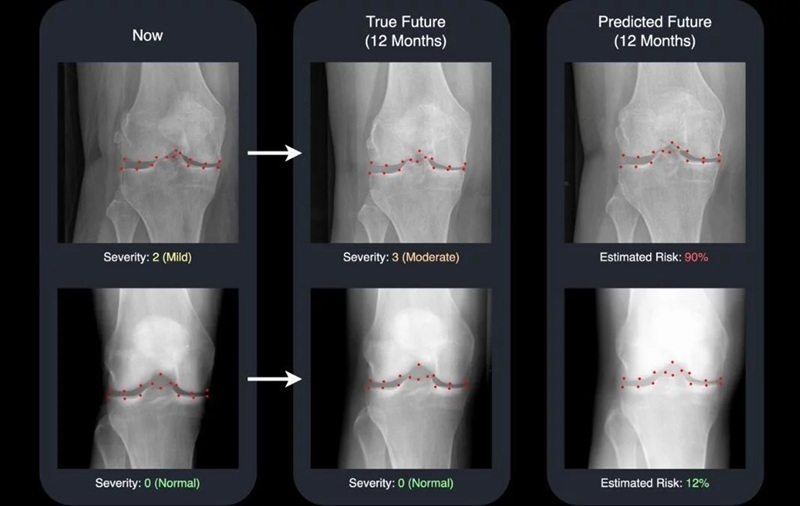X-Ray Imaging May Be Inadequate to Diagnose COVID-19
By MedImaging International staff writers
Posted on 27 Apr 2020
A new study finds that among cases of confirmed COVID-19 patients, almost 90 % of chest x-rays read as normal or mild.Posted on 27 Apr 2020
Researchers at Ohio State University (OSU, Columbus, USA), the State University of New York (SUNY, USA), and other institutions conducted a study involving 636 ambulatory patients (57% male) in New York who tested positive for SARS-CoV-2, and who also underwent a chest x-ray during March 2020. Eleven board-certified radiologists--who knew they were reading images from COVID-19 patients--reviewed the chest x-rays and classified the findings as normal, mild, moderate, or severe disease. The patients ranged in age from 18 to 90, and over three-quarters were 30-70 years of age.
The results revealed that 58% of the chest x-rays were classified as normal. Of the 42% that did not read as normal, 195 demonstrated mild disease, 65 had moderate disease, and only five had severe disease. The most common findings were interstitial changes (23.7%) and ground glass opacities (19%). About a third of the findings were in the lower lobe, a quarter were multifocal, and about 21% were bilateral. Both effusions and lymphadenopathy were uncommon. The researchers noted that 74% of the original readings were classified as normal, but that 97 were changed to abnormal when read for the study. The study was published in the May 2020 issue of the Journal of Urgent Care Medicine.
“Providers ordering a chest x-ray in the outpatient setting should be aware that a patient with symptoms of COVID-19 may have a negative chest x-ray, and should manage the patient based on their symptoms,” said lead author Michael Weinstock, MD, of the OSU Wexner Medical Center. “Because most COVID-19 patients do not have severe illness, this is likely the population clinicians will be seeing, where their symptoms are severe enough to seek care. Doctor’s should not be reassured by a negative chest x-ray.”
The authors added that limitations to the data include its retrospective and observational nature, and that only a single chest x-ray series was obtained for each patient, making it impossible to determine if patients developed radiographic findings as the illness progressed. They also noted a lack of underlying health histories or basic chest x-rays to identify chronic pulmonary conditions. Finally, the radiologists were not blinded to the fact the patients had been diagnosed with COVID-19, which may have impacted their classification of the images.
Related Links:
Ohio State University
State University of New York














